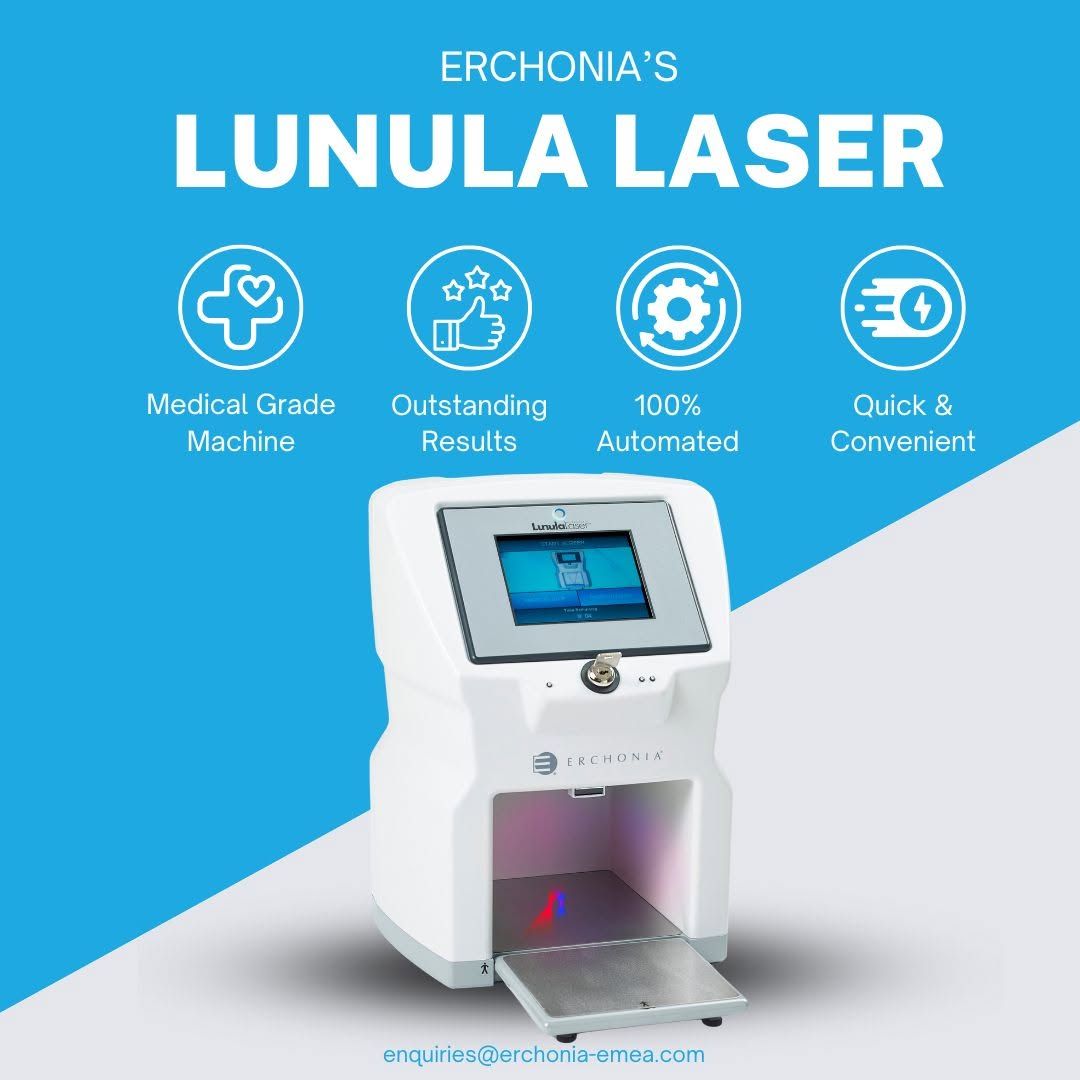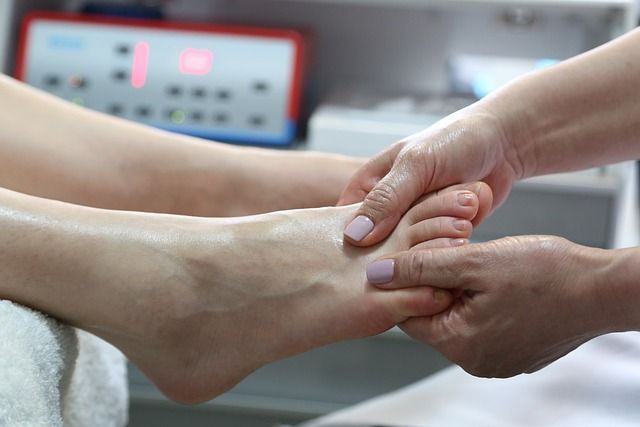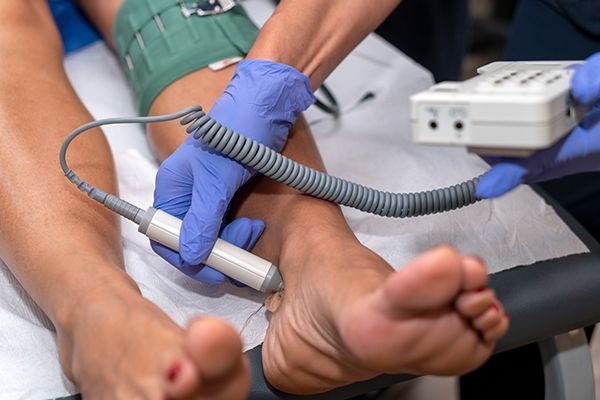Fungal Nail Infections
Does your nail match any of the following?
If the answer is yes , you may have a fungal nail infection .
Fungal nail infections generally present in 4 different forms.
- Proximal Subungual Onychomycosis

This is a fungal nail infection that presents near the nail bed. Proximal subungual onychomycosis is a type of fungal nail infection in which invasion begins from the undersurface of the proximal nail fold and then progresses distally. The nail changes are either diffuse patches or transverse striate patterns. The striate pattern may be associated with superficial onychomycosis .
2. Distal Subungual Onychomycosis

This fungal nail infection presents near the nail’s loose edge. It is characterised by yellow discolouration, thickening and crumbling of the nail. This is the most common fungal nail infection and is closely associated with athl etes’ foot. Distal subungual onychomycosis begins under the leading edge of the nail or along the lateral edges and is characterized by the accumulation of crumbling subungual debris and thickened, discolored nails. In proximal subungual onychomycosis , infection begins at the proximal nail fold with infection of the nail matrix.
3. White Superficial Onychomycosis

This fungal infection presents itself as white plaques on the surface of the nail. White superficial onychomycosis (WSO) is a form of onychomycosis characterized by a superficial localization of fungi on the dorsal surface of the nail plate. It may be easily treated by mechanical debridement of the affected area, followed by the application of topical antifungal agents.
Important!
People often confuse this with ‘dryness’ following removal of nail polish
4.Total Dystrophic Onychomycosis

This is an advanced form of fungal nail infection that infects the whole nail. The nail becomes thick and crumbles. Total dystrophic onychomycosis or severe onychomycosis refers to the most advanced form of any of the subtypes. This form of onychomycosis is a later stage of the chronic subungual dermatophyte infection that may take 10 to 15 years to develop.
The post Fungal Nail Infections appeared first on Merrion Foot Clinic | Podiatry & Chiropody Clinic Dublin |Foot Clinic Dublin.












